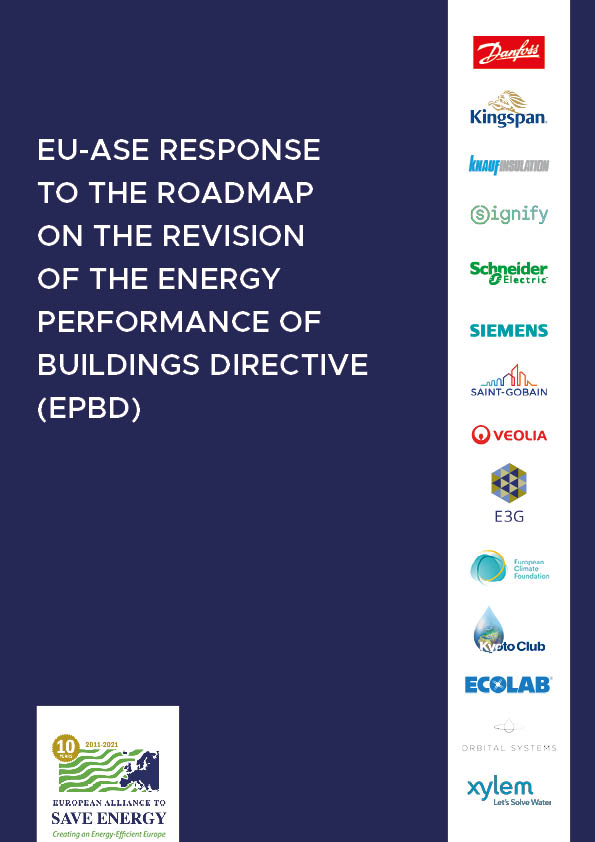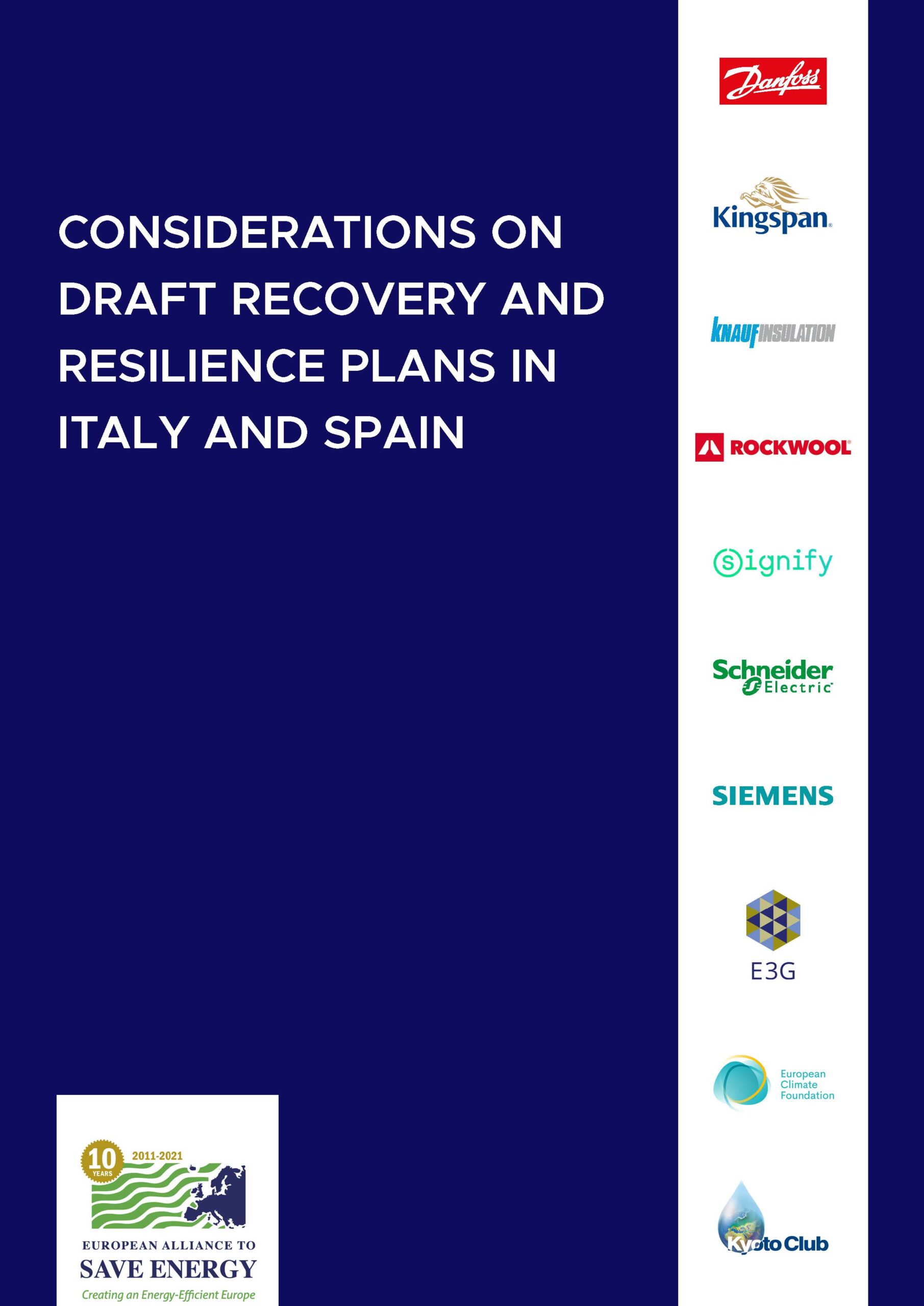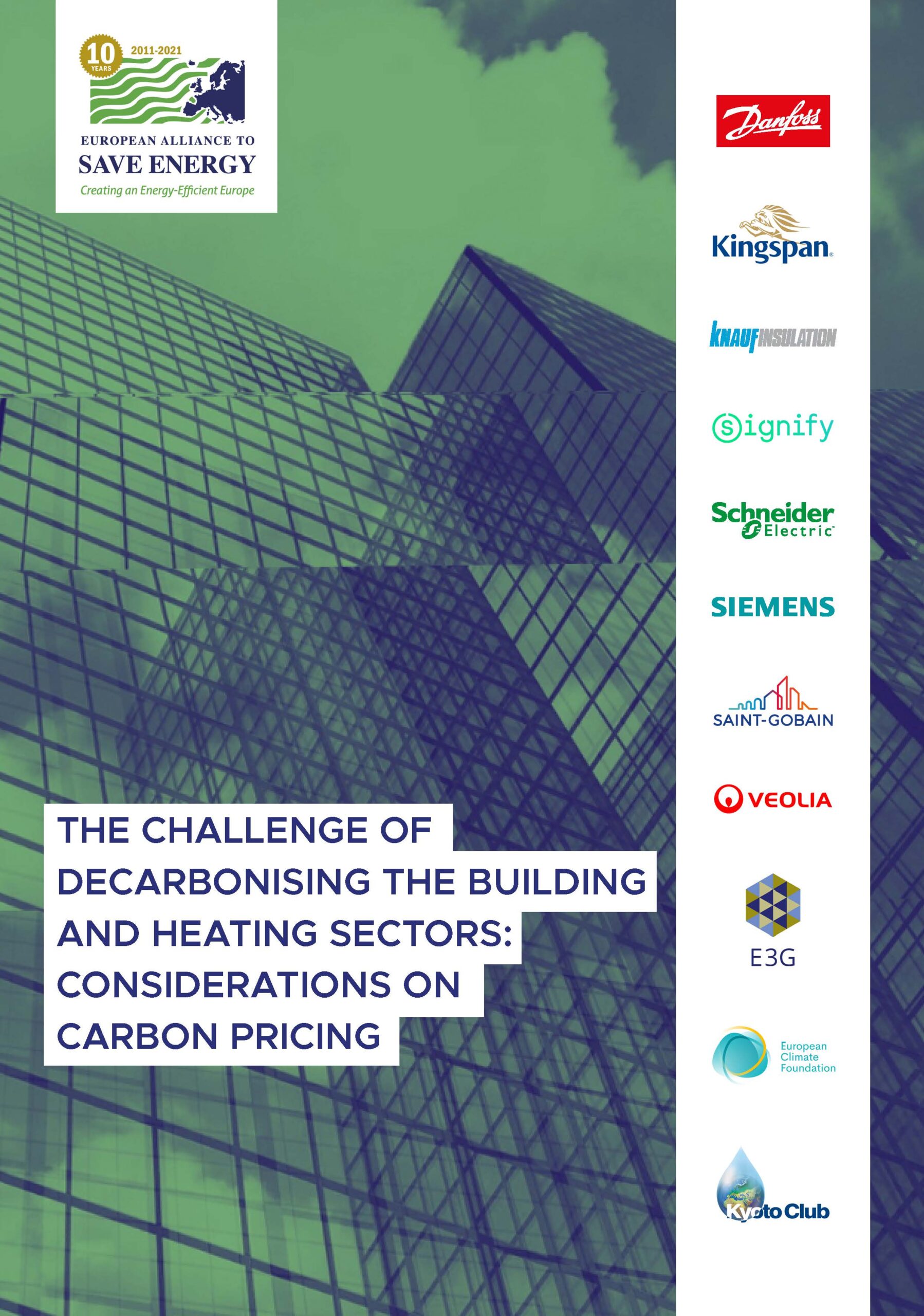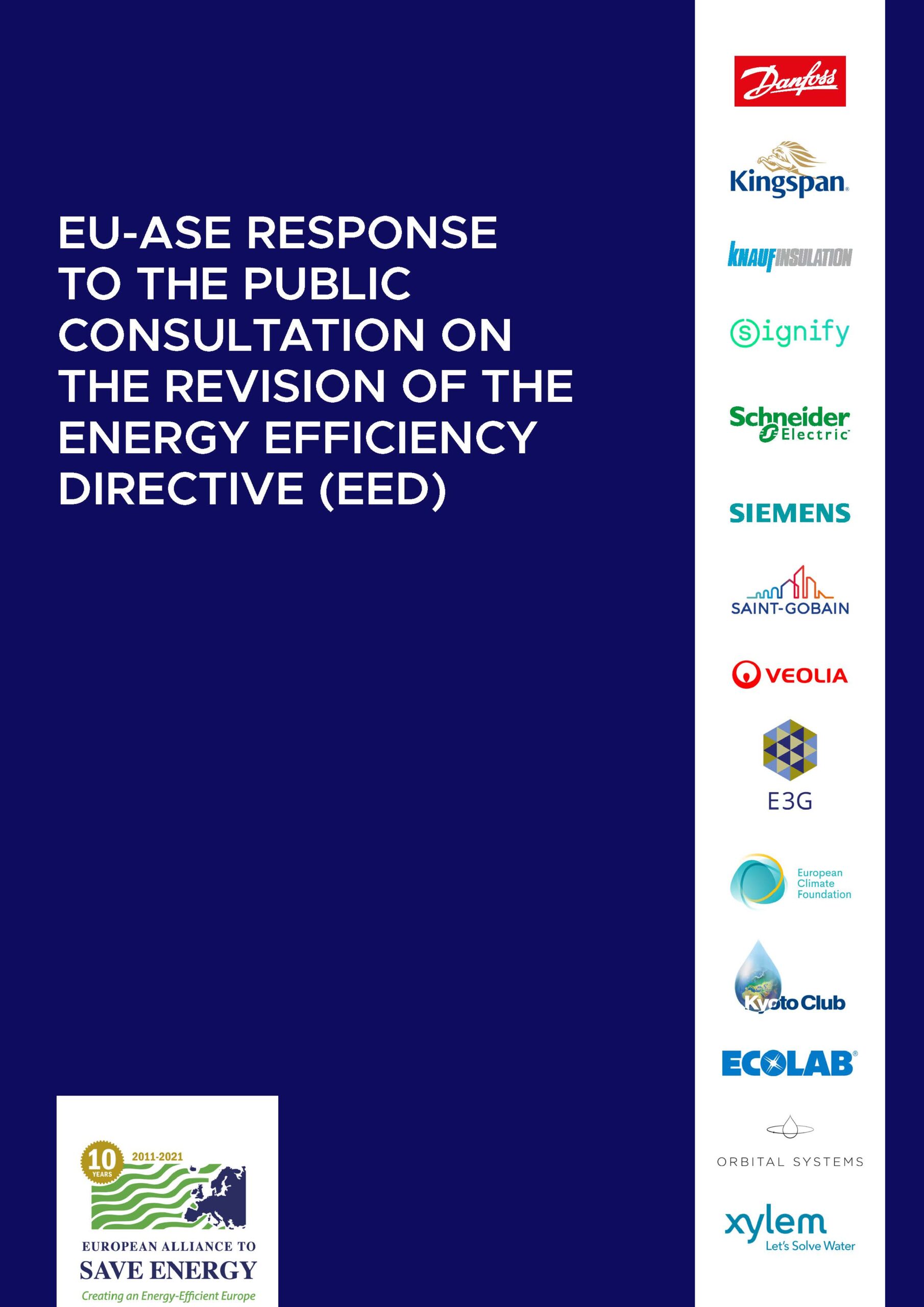The Urban Waste Water Treatment Directive to fully realise water and energy savings (updated)
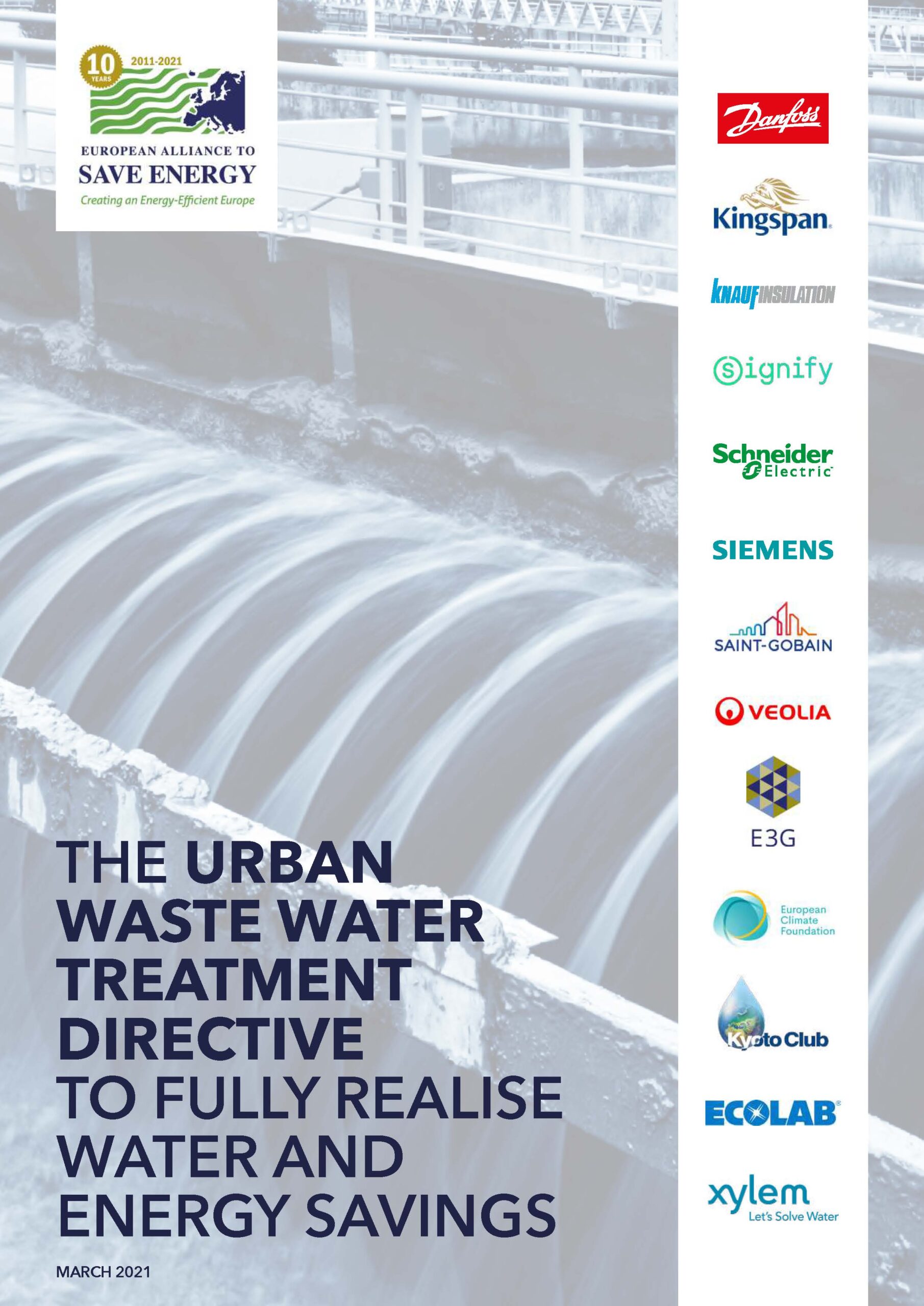
Overall, the Urban Waste Water Treatment Directive (UWWTD) has played a substantial role in improving the quality of European water resources and reducing pollution levels in water bodies. However, Europe remains some way from full compliance with collection and treatment requirements and has made little progress with water reuse. We believe the 28-year-old Directive should be updated to better address these critical issues and today’s challenges including climate change, resource scarcity, increased energy consumption and population growth.

